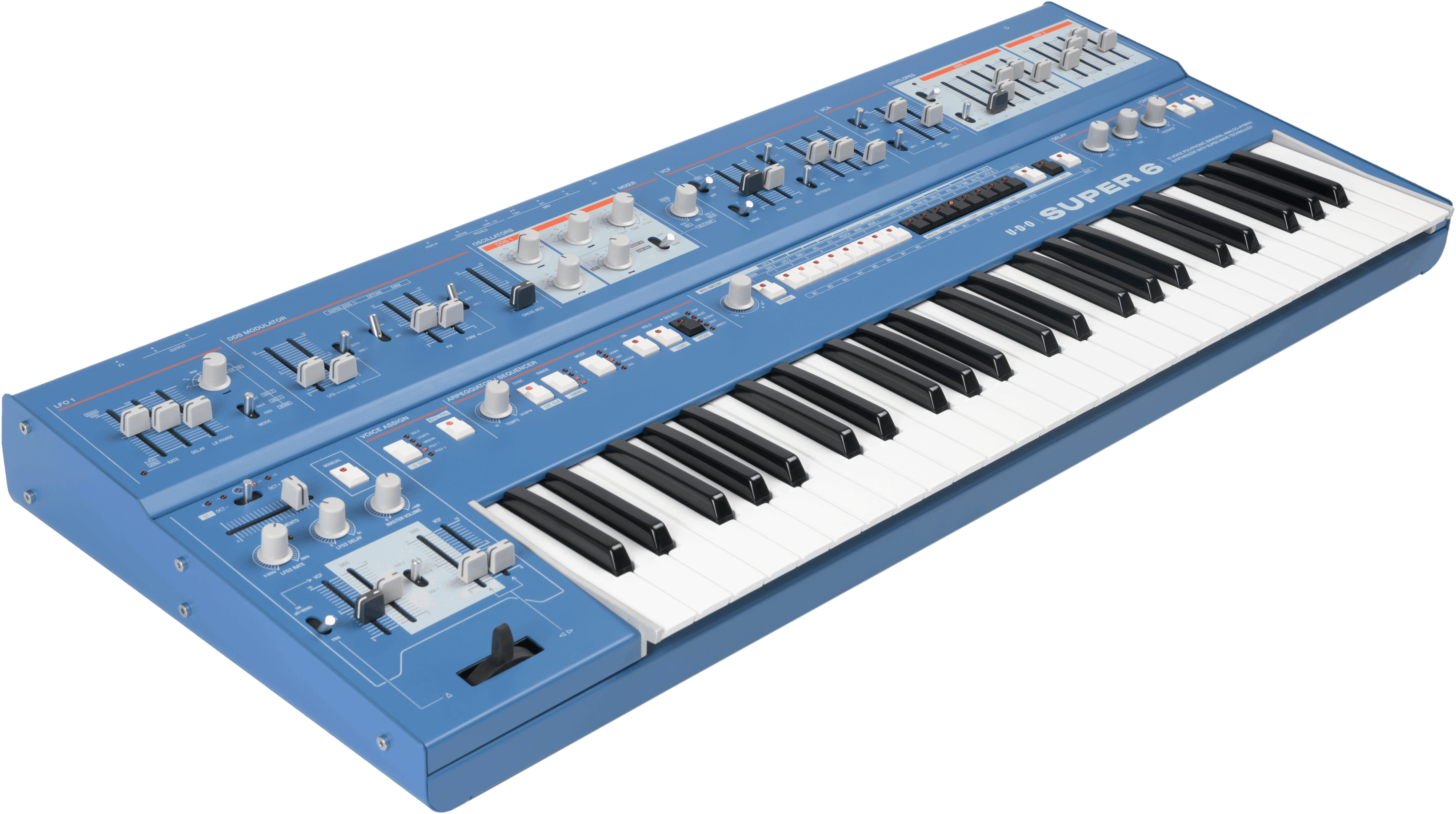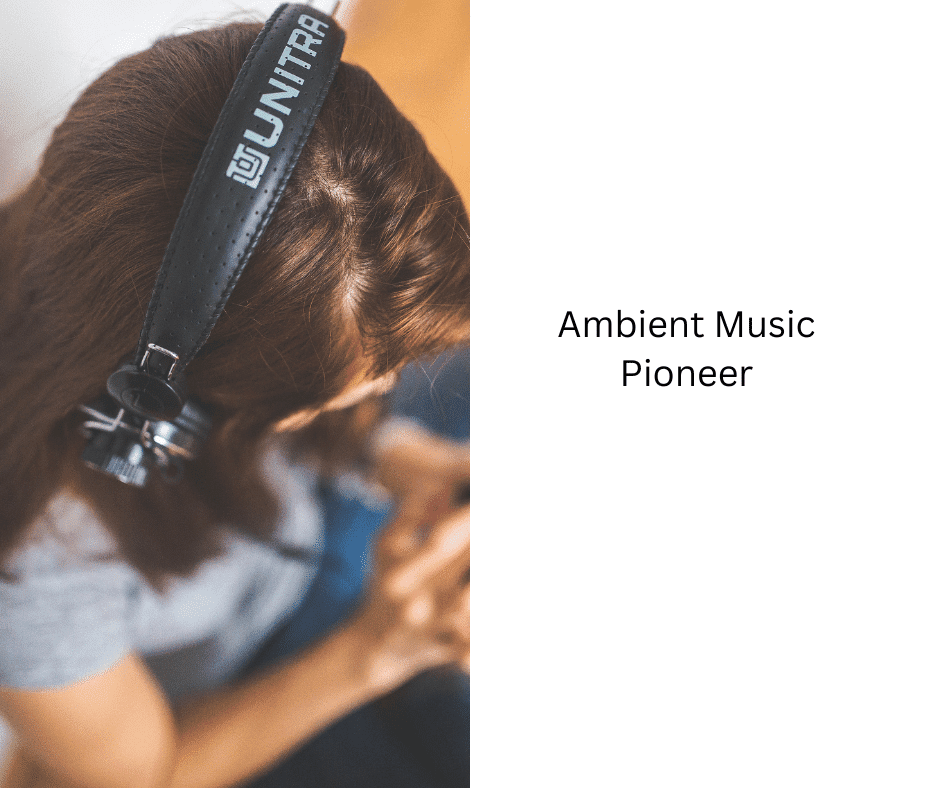Are you ready to take your singing skills to the next level? If so, then learning how to properly use your diaphragm when singing is one of the most important steps you can take! As a vocal coach and instructor, I’m here to guide you through this process step-by-step. With my help, you’ll be able to unleash your full potential as a singer and improve your overall sound in no time.
When it comes to being an innovative singer, proper breathing technique is key. By understanding how to effectively utilize your diaphragm while singing, you’ll be able to support each note with ease and create more powerful performances than ever before. I’m going to break down the basics for you – from why using your diaphragm matters all the way up to exercises that will help solidify what you’ve learned.
Developing new techniques doesn’t have to be intimidating or scary – actually quite the opposite! With dedication, patience, and practice, incorporating these changes into your routine will become second nature before long. So let’s get started on our journey towards mastering breath control for superior singing!
Definition Of The Diaphragm
Back then, singers used their diaphragm to produce powerful vocal performances. But what is a diaphragm? The diaphragm is a dome-shaped muscle located at the base of your rib cage that separates your chest and abdomen.
Its primary function is respiration – when you breathe in, the diaphragm contracts causing it to move downward thus creating space for airflow into our lungs. Conversely, when we exhale, the diaphragm relaxes allowing us to expel carbon dioxide out through our mouths or noses.
Diaphragmatic breathing (breathing with your diaphragm) helps us maintain control over airflow while singing as well as makes sure we’re using enough air support which will give us more power and stamina throughout our performance.
To put this simply: without mastering proper diaphragmatic breathing techniques, it’ll be difficult to achieve strong vocal projection! So let’s get started on learning how to properly utilize our diaphragms so we can start belting those notes like pros!
Proper Breathing Techniques
Now that you understand the definition of a diaphragm, it’s time to learn how to properly use your diaphragm when singing. Proper vocal breathing is essential for producing quality sound and achieving optimal performance. To start on the right track, practice some basic diaphragmatic breathing exercises.
The first step in proper vocal breathing is to relax all of your muscles involved in diaphragmatic breathing including those located in the neck, shoulders, chest, abdomen, and back. Then take a deep breath through your nose while maintaining an open throat.
As you inhale deeply into your body, focus on using your abdominal muscles rather than just taking shallow breaths from your chest or throat area. This will ensure that enough air is entering your lungs so that you can produce strong notes with clarity and resonance.
When exhaling, concentrate on controlling the release of air from your mouth with ease and control without any strain or effort. The key here is not to rush the process but to let go slowly and consistently until all of the air has been expelled from the body completely. With practice and repetition over time, this technique will become second nature and help improve overall vocal stamina as well as performance level.
By utilizing these simple techniques along with other respiratory exercises such as humming or lip trills to increase airflow rate, you’ll be able to maximize vocal power while minimizing stress on the voice box – ultimately resulting in better musical expression!
Muscles Involved In Diaphragmatic Breathing
Using your diaphragm correctly when singing is not something you can do without paying attention to the muscles involved. To help you understand which muscles are necessary for proper diaphragmatic breathing, let’s take a look at them one by one.
First off, your abdominal muscles need to be engaged in order to support the movement of air through your lungs as you breathe. Your intercostal muscles provide stability and support for the rib cage and ensure that it does not collapse during inhalation or exhalation.
The pelvic floor muscles also play an important role in helping create a stable foundation for your body so that your breath travels freely. Finally, the transversus abdominis and serratus anterior both act like corsets around your torso, helping to hold everything in place while allowing space for the breath to move through.
These five muscle groups must all work together harmoniously if you want to achieve efficient diaphragmatic breathing and make sure that the sound produced from singing is rich with resonance. They should never be neglected when attempting any vocal exercises or performance pieces!
By understanding how these different muscle groups contribute towards correct diaphragmatic use, you’ll be able to sing with power and control confidently. Let’s now explore the benefits of using your diaphragm when singing…
Benefits Of Using Your Diaphragm When Singing
Using your diaphragm when singing can be a great way to improve the quality of your vocal performance, as well as enhance the overall energy and expressiveness of your music. Here are just some of the benefits that come with learning how to use this important muscle correctly:
- Muscle Control – By engaging your diaphragm during a performance, you gain greater control over all aspects of your voice, allowing for more precise pitch and improved diction. This extra level of control also facilitates better breath support and helps ensure that you don’t strain or damage any vocals chords.
- Breath Control – The ability to manage the flow and speed of air passing through your vocal cords is essential if you want to sound powerful and in-control while singing. Using your diaphragm properly will allow you to maximize airflow efficiency so that every note sounds clear and consistent from beginning to end.
- Improved Endurance – Working out your diaphragm muscles helps build endurance, which means you’ll be able to sing longer without tiring out or losing power. Regularly training with correct technique will help condition these muscles so that they can handle long performances without feeling strained or fatigued.
- Enhanced Expression – Engaging your diaphragm while singing gives you access to new levels of expression not available through other techniques. With practice and patience, you’ll find yourself able to really bring life into each song by using subtle nuances in volume, timbre, vibrato etc.
Learning how to effectively use our diaphragm is crucial for singers who want take their craft up a notch! Through proper breathing exercises we can strengthen these muscles even further, granting us an even wider range of tonal possibilities and vocal effects at our disposal…
Exercises To Strengthen Your Diaphragm And Improve Technique
Learning to use your diaphragm properly when singing is like learning a new language. When you first start out, it may seem difficult and cumbersome; however, with consistent practice and dedication, you will soon be speaking the language fluently.
The same can be said of developing strength and control in your diaphragm muscles for improved vocal technique. In order to get better at using your diaphragm when singing, there are several specific exercises that can help train your body and create effective habits for optimal performance.
The most important exercise for strengthening and controlling your diaphragm involves proper breathing techniques. This includes taking deep breaths from the belly rather than shallow breaths from the chest – which encourages the full usage of all available air capacity in the lungs.
Additionally, practicing various types of breath support such as glottal compression, appoggio (belly push), or pneumatic pressure helps build up muscle memory so that these techniques become second nature during performances.
You should also make sure to include vocal warm-ups into your daily routine. These exercises can range from light humming or lip buzzing to long tones on an “ah” vowel sound – whatever works best for you! Doing this regularly ensures that you’re always staying loose and relaxed while familiarizing yourself with good posture and form when using your diaphragm correctly.
With enough practice, you will certainly gain more confidence in yourself as a singer – allowing you to reach higher levels of expression on stage or in the recording studio! Now let’s move onto how posture and form play an integral role in optimizing one’s use of their diaphragm…
Posture And Form For Optimal Use Of Your Diaphragm
Using the diaphragm correctly when singing is essential for releasing your full vocal potential. Having a proper posture and form will help you make sure that you are engaging with your diaphragm in the most efficient way possible.
First, let’s start by looking at how to properly align our body while we sing. Stand up straight with both feet firmly planted on the ground underneath you and keep your shoulders relaxed and slightly rolled back. This can ensure that your breath won’t get trapped anywhere in your chest or throat as it passes through. It also helps create an open environment where sound can travel freely from your lungs to your mouth without any obstacles getting in its way.
Next, focus on maintaining correct breathing form throughout the entire duration of each phrase that you sing. Make sure that you draw air into your abdomen rather than filling up just the upper part of your lungs – this allows more time for proper vibration within the vocal cords which optimizes pitch accuracy and tone quality. Additionally, try not to hold onto too much air during longer phrases; instead, find a balance between taking breaths periodically while sustaining control over them throughout the song.
Finally, be aware of any habits you may have developed that hinder optimal use of the diaphragm such as slouching or tensing up certain parts of your body. Take some time to observe yourself in practice sessions so that you can identify and fix these issues right away! With consistent effort and dedication to improving physical alignment, technique, and awareness, anyone can achieve their desired level of success when it comes to using their diaphragm effectively while singing.
Common Mistakes To Avoid
When it comes to using your diaphragm when singing, common mistakes can easily occur. It is important to be aware of these errors so that you can avoid them and ensure that you are getting the most out of your practice sessions.
First, incorrect posture is a huge mistake when singing with your diaphragm. Poor posture affects how air moves through your body and will inhibit the amount of oxygen reaching your vocal cords. Additionally, breathing too shallow or singing too loud can cause muscle tension in the neck and jaw area as well as strain on the throat muscles.
This leads to fatigue quickly and limits progress. Lastly, not relaxing during your practice sessions will lead to difficulty controlling breath flow, resulting in an unsteady sound quality. Doing some stretches before practicing may help alleviate this issue by helping to relax those tense muscles.
Practical Tips For Practicing With Your Diaphragm
Using your diaphragm correctly is essential for singing with power, control and confidence. To get the most out of practicing with your diaphragm, it’s important to understand the basics of proper technique. Here are some practical tips to help you practice using your diaphragm effectively.
Start by focusing on mastering basic breathing exercises that will strengthen your diaphragm muscles and improve airflow when singing.
These vocal exercises can include deep breathing drills, humming scales, or lip trills, which all engage the abdominal muscles while expanding air flow in the lungs. Additionally, try taking slow breaths before starting a phrase so you can remain consistent throughout a song or exercise. This allows for more efficient use of breath and better support from the diaphragm during longer phrases.
Next, experiment with different types of breathing techniques such as chest-breathing versus belly-breathing to see which works best for you and to gain an understanding of how much pressure should be applied through your stomach muscles when inhaling and exhaling. Practicing these techniques regularly will help you learn to use your diaphragm efficiently when performing songs.
With regular practice and guidance from a voice coach, you’ll soon master the art of using your diaphragm properly when singing – giving you greater control over pitch accuracy and range expansion! With improved awareness of correct technique comes increased flexibility in sounds produced; allowing each note to be molded precisely into what was imagined in one’s mind’s eye. Working with a voice coach for guidance is key here– they can provide valuable insight into individual needs based on their experience teaching others who have gone through similar challenges as yours.
Working With A Voice Coach For Guidance
If you’re serious about perfecting the use of your diaphragm for singing, I highly recommend getting a voice coach. A good vocal coach can provide valuable guidance and insight into how to control best and utilize this important singing muscle. Not only do they have an extensive understanding of proper singing technique, but they can also give personalized instruction on how to optimize your specific vocal range and sound.
Voice lessons from a qualified teacher will help ensure that you are properly using your diaphragm when singing. Additionally, coaches can show you how to develop more nuanced techniques such as breath control and phrasing while maintaining good posture during performance. Through regular practice with feedback from a professional mentor, you’ll be able to refine your singling skills in no time!
After mastering the basics of diaphragmatic breathing and other fundamental techniques, it’s time to focus on long-term goals for perfecting the use of your diaphragm. With continued practice and guidance from a knowledgeable instructor, you’ll soon be well on your way to achieving all of your singing aspirations.
Long-Term Goals For Perfecting The Use Of Your Diaphragm
Creating long-term goals for perfecting the use of your diaphragm while singing is essential to attaining a successful vocal technique. Knowing where you want to go and what you need to do in order to get there will help keep you on track throughout your training. Here are some tips for setting up effective long-term goals when it comes to diaphragmatic control and voice coaching:
The first step is to assess your current level of skill with the diaphragm, as well as any areas that may be weak or need improvement. Identifying these weaknesses can help you create specific goals for improving them over time.
Additionally, incorporating different exercises into your daily practice regimen will also aid in strengthening weaker muscles associated with proper diaphragmatic technique. Be sure to focus on slow, controlled breathing patterns during vocal warmups as this will increase efficiency and accuracy of breath support while singing.
Finally, strive to challenge yourself by gradually increasing difficulty levels within each exercise or song selection. Doing so will improve overall performance and provide motivation and confidence more quickly than if everything remained static at one level. Remember that consistent effort towards reaching individualized objectives leads directly to achieving excellence!
Frequently Asked Questions
What Is The Best Type Of Vocal Warm-Up For Diaphragmatic Breathing?
When it comes to improving your singing technique, there’s no better way than to warm up with diaphragmatic breathing exercises. As a vocal coach, I often advise my students on the best type of vocal warm-up for this purpose. Diaphragmatic breathing is an essential skill that all singers must master in order to achieve optimal performance.
So what are the most effective diaphragmatic exercises? First and foremost, I recommend starting out by practicing deep belly breaths. This will help you get accustomed to taking full breaths while engaging your core muscles and controlling your breath. You should also practice pursed lip breathing which helps strengthen your diaphragm and improve airflow control. Lastly, try humming or vocalizing while holding specific notes so that you can work on extending your breath support as well as increasing pitch accuracy.
In addition to these exercises, don’t forget about posture! Make sure you stand tall with good alignment and take note of how much easier it is for air to pass through when you have correct posture compared to when you slouch. With regular practice and dedication, these simple techniques can make a huge difference in helping you develop solid breath management skills for singing without straining or losing power during long phrases.
How Can I Tell If I’m Using My Diaphragm Properly While Singing?
It may seem like a simple task, but using your diaphragm properly while singing is actually quite complex. Knowing how to control and use the diaphragm correctly can be difficult for even experienced singers. But with practice and dedication, you can develop proper diaphragmatic technique that will help you take your vocal performance to the next level. So how do you know if you’re using your diaphragm properly when singing?
The key to mastering diaphragm use lies in understanding what it does during vocal production. Your diaphragm works as a bellows-like mechanism, contracting and expanding each time you inhale or exhale. During singing, it provides support for both breath control and tone quality. When used correctly, it helps create a powerful sound with fullness and resonance that carries over long distances.
To ensure proper diaphragm control when singing, try incorporating some specific warm-up exercises into your routine. Start by doing some light breathing exercises such as humming scales or lip trills to activate the muscles of the abdomen and chest wall. As you progress through these exercises, focus on feeling the expansion of your rib cage on inhalation and contraction on exhalation – this should feel almost like waves radiating from within your body outward as air passes through your larynx area. Finally, strive towards finding balance between breath pressure and throat tension so that every note has an equal amount of energy behind it without any strain on either end.
By following these tips, you can make sure that you are using your diaphragm effectively when singing – resulting in improved vocal technique that will allow you to express yourself with greater clarity and confidence!
Can Diaphragmatic Breathing Help With Vocal Fatigue?
When it comes to vocal fatigue, diaphragmatic breathing can definitely be of help. Proper posture and warm-up exercises are essential when using your diaphragm for singing, as they can reduce the risk of physical harm or injury. However, if done incorrectly, there is a potential danger where your voice could suffer from strain and damage.
As a vocal coach, I always remind my students that proper technique must be used in order to gain the maximum benefit from their breathwork exercises. This includes making sure you have good posture before beginning any exercise involving diaphragmatic breathing, as having an incorrect body position will lead to inefficient use of your diaphragm and potentially cause more harm than good. Additionally, doing some light warm-ups beforehand helps prepare both mind and body for the work ahead and reduces risks associated with improper breathing techniques.
Finally, it’s important to note that while diaphragmatic breathing can provide relief from vocal fatigue, it also carries certain dangers if done improperly. If done correctly though – by incorporating proper posture and taking time to do warm-up exercises – then this type of breathwork can produce great results and improve your overall singing performance!
Are There Any Risks Or Dangers Associated With Using My Diaphragm While Singing?
Did you know that over 80% of vocal injuries are caused by improper use of the diaphragm? It’s no wonder people are asking if there are any risks or dangers associated with using their diaphragm while singing. The answer is yes, and it’s important to learn proper technique in order to avoid potential problems down the road.
When used incorrectly, your diaphragm can put strain on your voice which can lead to vocal trauma. To prevent this from happening, always make sure you’re breathing deeply into your belly when singing—not shallowly through your chest. This will ensure you have enough air flow as well as help relax your throat muscles so they don’t tense up during long passages of music. If these breathing issues aren’t addressed early on, it could cause further damage to the vocal cords leading to permanent damage.
It’s also essential that singers maintain good posture while using their diaphragm for singing. Poor posture can cause tension in the neck and shoulders which can limit airflow and stop a singer from taking full breaths properly. That being said, even if someone has perfect form but isn’t aware of how their body works during singing, they may still run into trouble later on due to poor technique. As such, it’s vital for everyone who sings regularly (whether professionally or not) to receive instruction from an experienced vocal coach in order to understand both proper alignment and breathe control techniques while singing.
In short: Knowing how to use one’s diaphragm correctly is key when attempting to sing without putting oneself at risk of injury or other vocal troubles like fatigue and hoarseness. With the right guidance and practice, those who love to sing can do so safely while avoiding all sorts of potential pitfalls associated with improper usage!
How Can I Maintain Proper Posture While Using My Diaphragm?
Maintaining proper posture while using your diaphragm is essential for effective vocal singing. It’s important to understand how diaphragmatic breathing and proper posture work together, which will help you maintain the best possible singing posture. Here are a few tips on how to do just that:
- Proper Posture: When standing, keep your shoulders back and relaxed, with your feet slightly apart. Your chin should be parallel to the floor and your head should be in line with your spine. Maintain this position throughout the entire song so that you can take full advantage of the power of your diaphragm.
- Diaphragmatic Breathing: To get the most out of your diaphragm during singing, practice deep breaths as you sing. You’ll want to inhale deeply through your nose, then exhale slowly through pursed lips (like blowing out candles). This type of breathing allows more air into your lungs and gives you greater control over pitch and volume while maintaining good posture.
As a vocal coach/instructor, I encourage my students to focus on these two aspects when it comes to their diaphragmatic technique – proper posture and diaphragmatic breathing – both of which play an integral role in achieving great results from their voice when singing. With practice and dedication, you too can become an expert at using your diaphragm correctly!
Conclusion
The diaphragm is an incredibly important tool for singing. With the proper technique and dedication, you can use your diaphragm to achieve a full, powerful sound that will let your voice soar. Think of it like taking flight: if you’re not using your wings correctly, you won’t get off the ground.
Your vocal warm-up should focus on breathing exercises that engage your diaphragm so that when you start to sing, you know exactly how to use it properly. Pay attention to how your body feels and make sure that your posture stays relaxed yet upright while singing. This helps ensure that your lungs are open enough to allow air through which allows the diaphragm to do its job more efficiently.
Diaphragmatic breathing is beneficial in preventing vocal fatigue as well as giving you control over phrases and runs with ease. It takes practice but it’s worth every moment spent perfecting this essential skill! If used correctly, using your diaphragm can be one of the greatest tools in helping unlock a beautiful and powerful sound from within yourself–like unlocking hidden potential just waiting to be released into the world!










